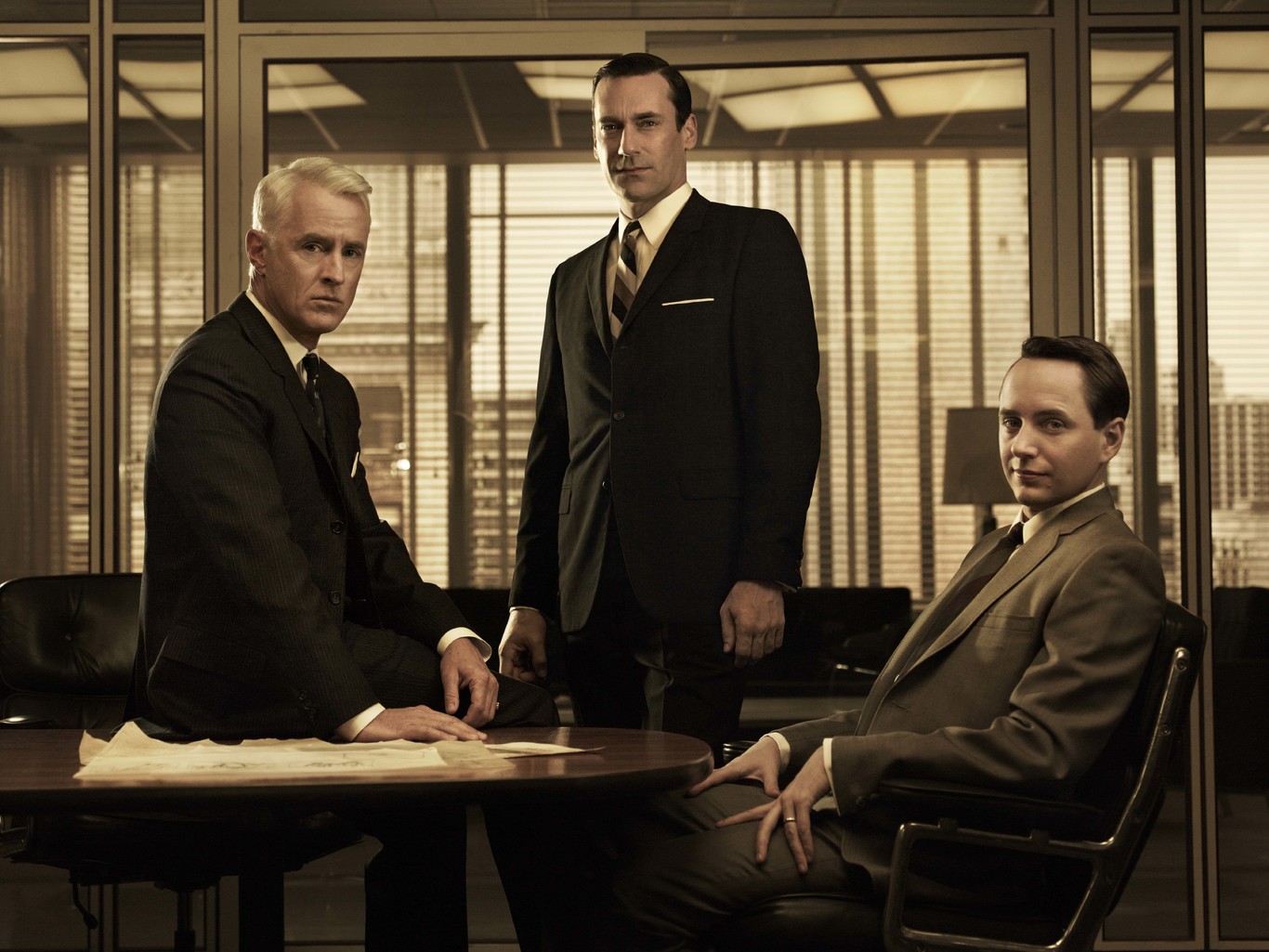To have an impact with any communication, you need to work out what motivates your audience
Here’s what we can learn about communication from the greatest advertisers.
WHETHER YOU WANT to nail a job interview, perfect a pitch or influence your boss, you have to be able to correctly answer the question: “What do my audience really care about?”
This is a lesson that successful advertisers learned long ago.
In the 1980s, advertiser Dan Syrek was hired to design an anti-litter campaign for Texas.
The state had a dire rubbish problem. It was spending $25 million per year on cleaning up its road sides and that figure was rising. Authorities had tried the standard campaigns – but ‘Please Don’t Litter’ signs and calls to ‘Pitch In’ fell flat. Serious and increasing fines also had no impact.
Syrek took a step back to research who were the people who littered. He established they were mostly male, and between the ages of 25 and 35. They weren’t people who cared about the environment and so the plight of a rubbish-surrounded squirrel had no effect on their behaviours.
They derived self-worth from defying authority, so the fines had actually made illegal littering more, not less, likely. They could all, however, be described as ‘Proud Texans’.
Syrek set out to convince this group that “people like them” – real and proud Texans – do not litter.
The “Don’t Mess with Texas” campaign was born from his analysis of the audience. It was a series of ads with famous locals, synonymous with the rugged Texas way of life. George Foreman, Willie Nelson and former NFL players were among those filmed stopping “out-of-towners” littering – ie disrespecting Texas.
Within a few months, 73% of Texans could recall the ad and the key anti-litter message.
More to the point, rubbish on the streets declined 29% in a year and after five years, visible roadside litter decreased by 72%. The state government was able to cancel a planned $1 million enforcement campaign.
That campaign, as detailed in the book Made to Stick by Chip and Dan Heath, studied its audience. The advertisers worked out what motivated them and were capable of designing a message to appeal directly to them.
Knowing the audience
The approach to every successful communication is no different. You have to know what motivates your audience in order to have an impact.
You need to think about what your audience cares about in order to get them to listen, to change their minds and to change their behaviours.
Successful communication is rarely just about the pure information being imparted, it’s about the framing of that information.
People are persuaded by the potential benefit to them or the removal of a potential threat or loss. So, the best way to discover what will activate that audience is to ask – what’s in it for them?
Once you know what drives your audience, you then need to make sure you speak their language and tailor your points to meet their needs.
Learn from the best
Consider the story of Robert Oppenheimer as relayed in Outliers by Malcolm Gladwell. Oppenheimer was the man chosen to lead the Manhattan Project, the person the US army decided should head up the team tasked with making the atomic bomb.
His selection for that role was extremely unlikely – they were looking for an experimental physicist, he was a theoretical physicist; they needed someone with a clear record, he had once tried to poison his college lecturer; they needed someone with experience in the area, he, at the age of 38, had much less than his competitors.
But he had something the other candidates didn’t: an ability to understand his audience and tailor his language accordingly.
Leslie Groves was the US army general charged with finding the person to lead the project. Groves was an engineer by training and Oppenheimer was the only candidate who talked to him like an engineer.
He didn’t talk about theories. He talked about structural problems and emphasised the importance of process. He talked to the engineer like an engineer and he got the job.
Learn from the best advertisers and the historic influencers: think first about how what your target audience thinks, feels and believes. Then, and only then, can you be sure of reaching them – really reaching them – with any communication.
Lorcan Nyhan is a senior consultant and the head of careers at The Communications Clinic.
Get our Daily Briefing with the morning’s most important headlines for innovative Irish businesses.






